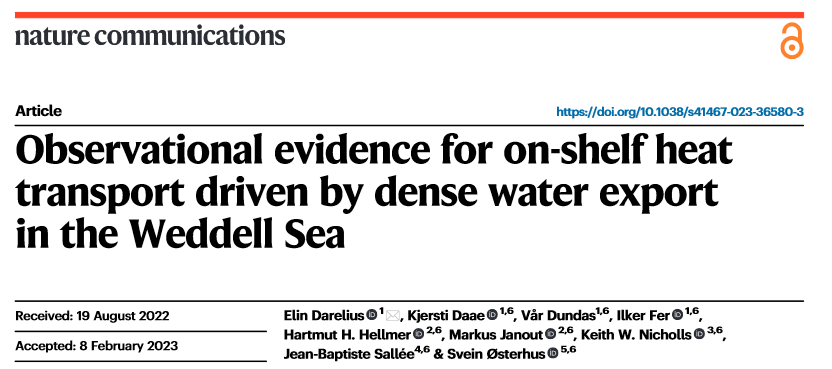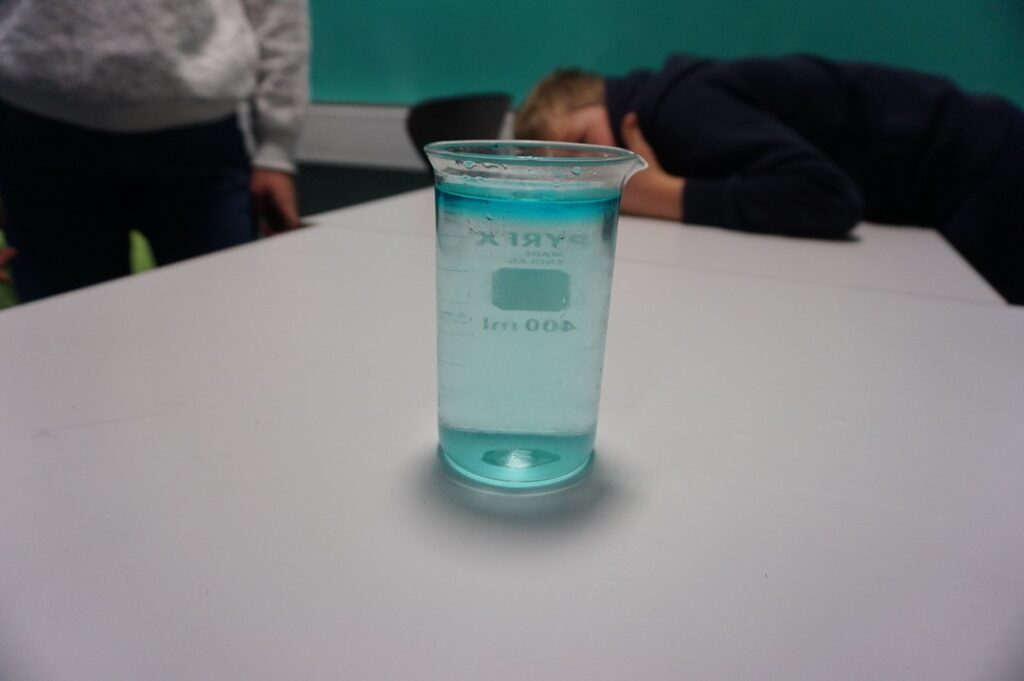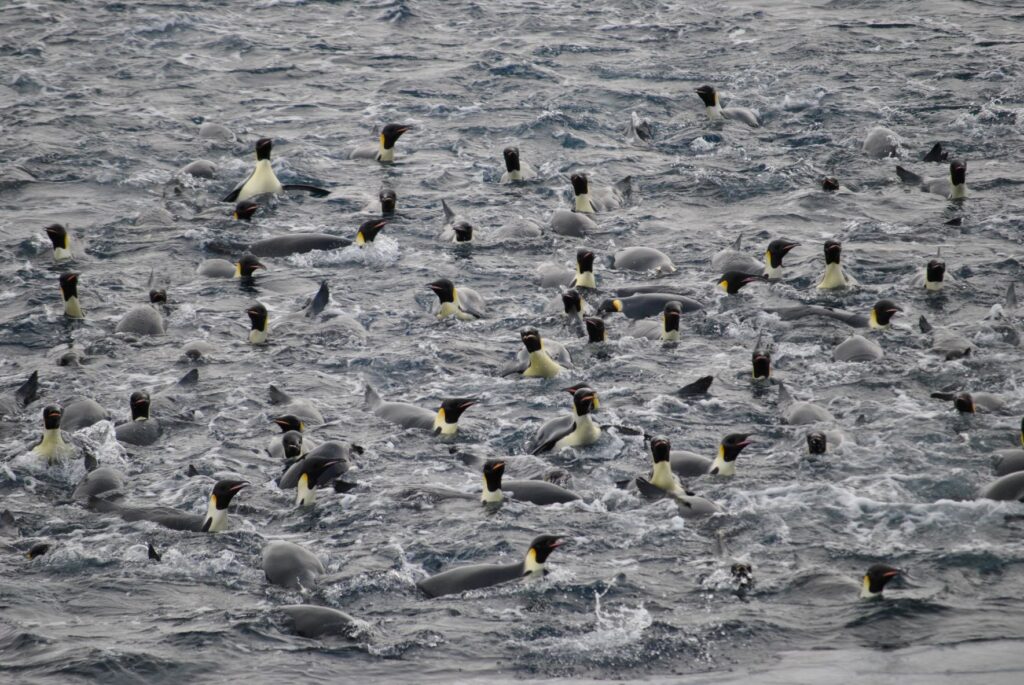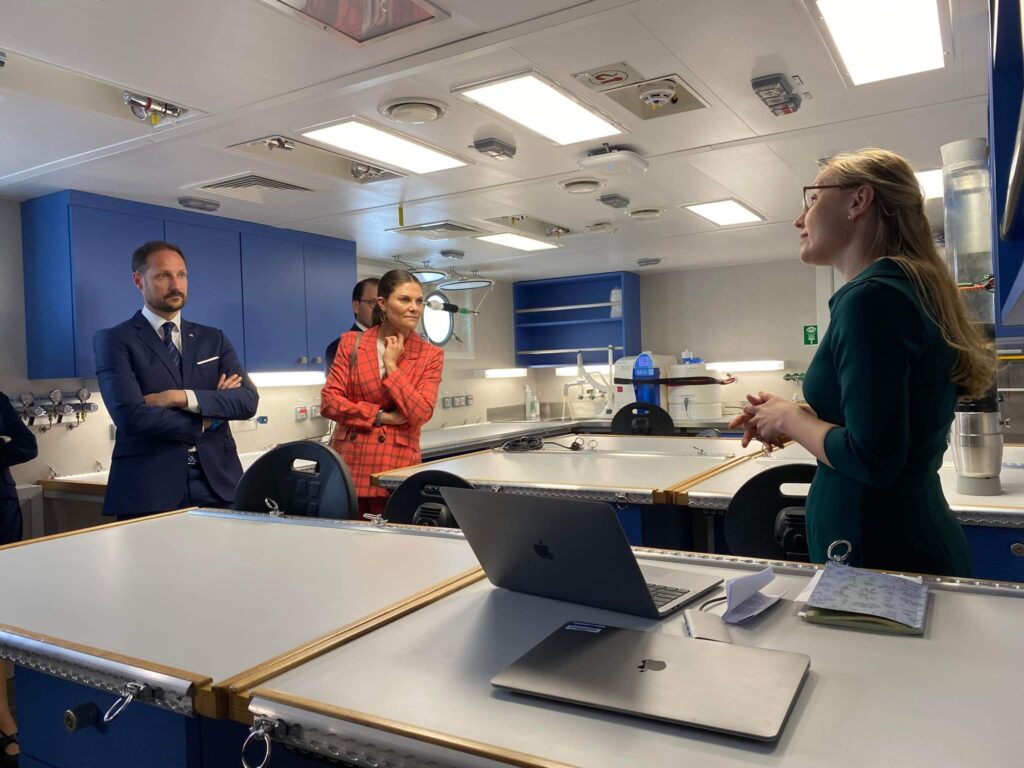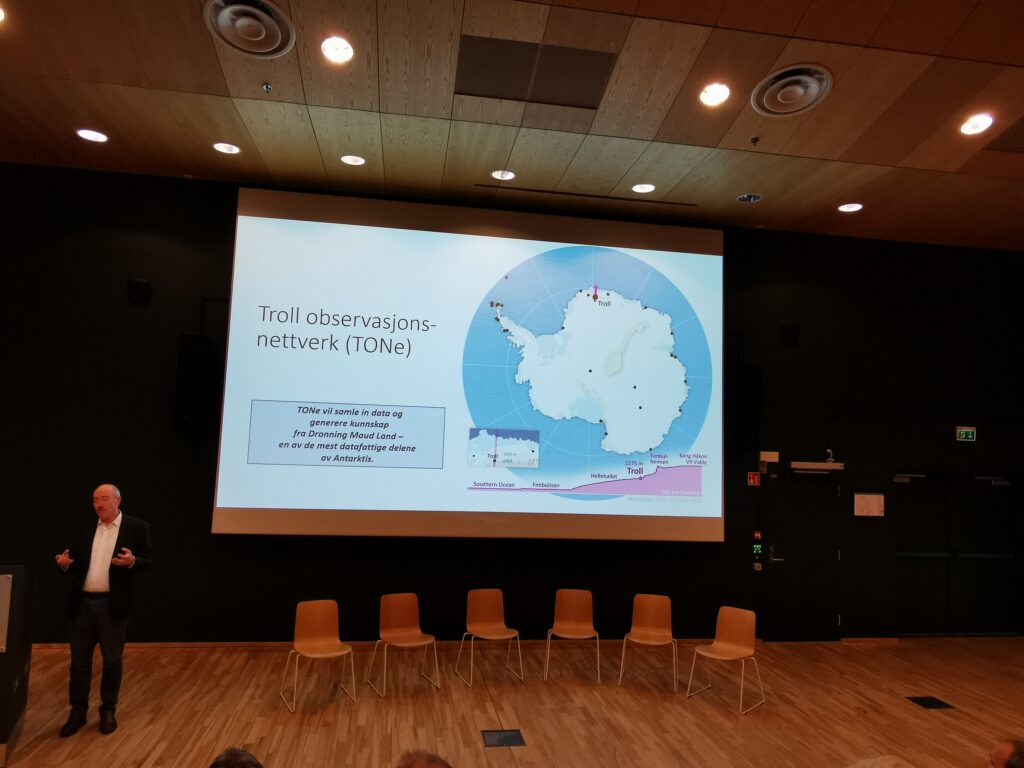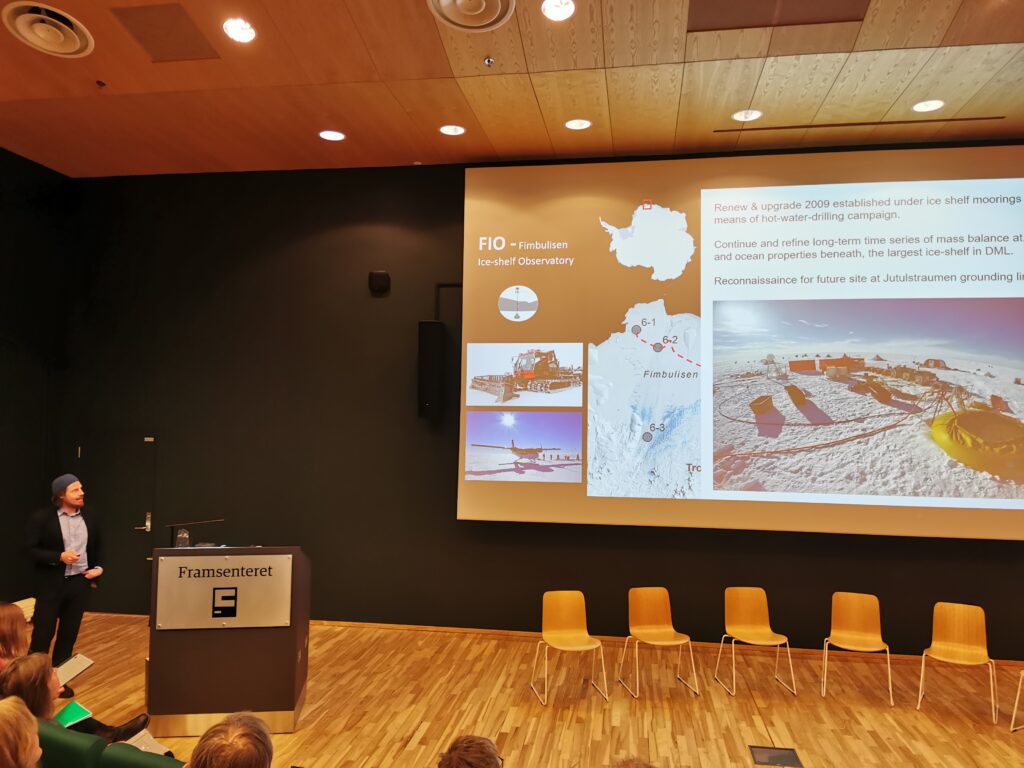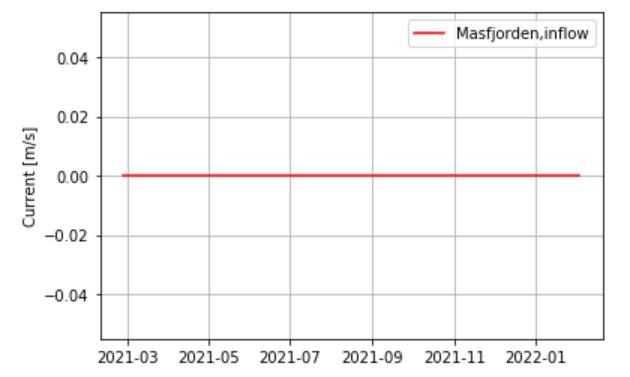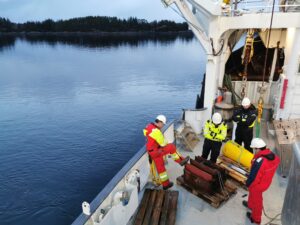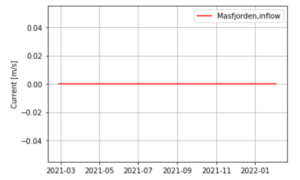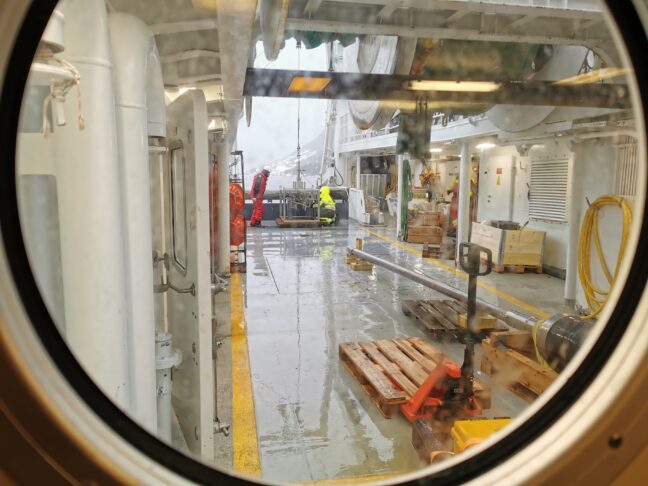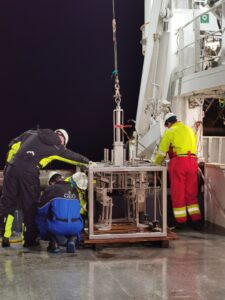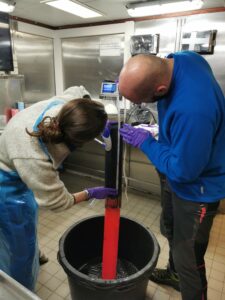It’s here! The translated and “peer-reviewed” version of “Ninja goes south” is now printed… and about 2000 books are waiting (together with Petra Langebroek’s “Ninja goes to Groenland”) in the basement of the Bjerknes Centre to be distributed to school libraries in Vestland (as soon as the third and final book* is ready).
The project is financed by the Norwegian Research Council – and Petra and I are getting help from the communication office at Bjerknes, the “climate club” at Landås skole, Bergen municipality, and of course, the invaluable assistance from UiB-student Marte Klemetsdal, who is putting it all together!

I’m so excited to see this come through, and to actually hold the physical book in my hands! Slightly less excited about the typos that my daughter found in the book… but fingers crossed for a second edition where we can correct those – and there might be one! Bryggen museum has picked up on the Lego idea, and they are planning an exhibition later this year where Ninja (and I) will be part of a historical walk through Bergen and its scientific hubs. Ninja in a museum monter – I do look forward to seeing that!
* where Ninja dives into the Norwegian fjords

